
All categories
Featured selections
Trade Assurance
Buyer Central
Help Center
Get the app
Become a supplier

(3500 products available)





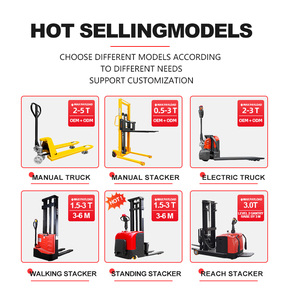








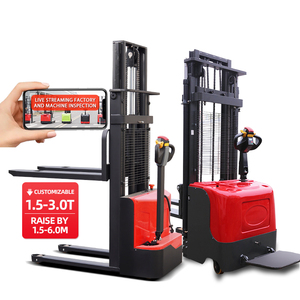


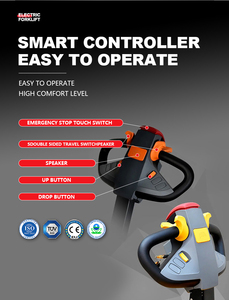
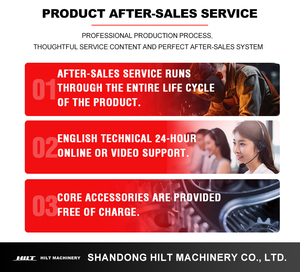










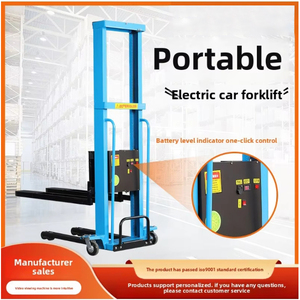










An auto stacking machine arranges products systematically to prepare them for shipping, storage, or further processing. Stacking is an integral part of material handling and packaging. Products can be stacked either automatically or semi-automatically. Automatic stacking has its advantages, such as greater production and reduced labor costs. In addition, it leads to a better quality of stacking and higher consistency. An automatic stacking machine consists of a feeder, distributing mechanism, and a conveyor belt. Different types of auto-stacking machines exist. They are as follows:
Specifications of an auto stacking machine may vary depending on the type of material it is built for. Machines used for stacking wood may have different specifications from those used for stacking metal or plastic. They may also vary depending on the design and model of the machine.
Specifications for these machines often include their production rate, which is usually detected and indicated by the frequency and speed of their conveyor belts. The time it takes for a stacking machine to stack and feed products to another machine is also critical. The specification model may include details about the time one stack takes to be fed into another, which can range from minutes to hours.
Additional specifications include questions about the working pressure of the stacking machine, the horsepower of the motor employed, voltage input requirements, temperature and humidity settings, and load capacity. Clients are often keen to know whether a machine complies with NEMA standards to stack products safely indoors or outside.
Like many industrial machines, auto stacking machines require regular maintenance checks. It is recommended to carry out routine checks weekly and daily on minor parts, such as conveyor belts, to avoid mechanical breakdowns. Converyor belt adjustments may be needed to ensure they are properly aligned and track. The tension also needs to be adjusted to avoid slippage and ensure smooth operations. Every part of the conveyor system must be checked to avoid stacking issues.
Periodic lubrication of stacking machines should also be done. Parts of the machine that require oiling should be lubricated to reduce friction and increase the performance lifespan. At times, it may require frequent lubrication sessions to be performed depending on the operation environment. Dirty or dusty stacking machines may require more frequent oiling to avoid dust build-up.
Components of a stacking machine may also require alignment. This is especially the case for machines that have been in use for quite some time. Realigning parts ensures they fit and work together properly. Improper alignment can cause operational breakdowns and production delays. The alignment is done during quarterly, semi-annually, and annual maintenance schedules.
Auto stacking machines can be used in various industries, such as:
When purchasing an auto stacker, buyers should go for the well-known stacker machine manufacturer who produces industrial-grade auto stacking machines. First, they should do extensive research on different manufacturers and suppliers and check customer reviews and feedback. If they are buying from a B2B platform like Alibaba, they can check the years of experience and the number of successful transactions.
Buyers should determine the type of auto stacker they want based on their unique needs and requirements. They should consider the properties of goods to be stacked, such as their size, weight, and dimensions, and if they need a custom auto stacker that will fulfill their needs. They should also consider the storage system's layout and integration, such as available space constraints and the need for stacking height.
When purchasing an auto stacker, buyers should consider its performance and efficiency, such as stacking speed and control system. It should have a flexible and scalable design so that it can easily accommodate future changes or expansions in the business operation. It should also have a reliable, robust, and durable construction quality to ensure long-term performance and minimal maintenance.
Lastly, the auto stacker should have safety features like emergency stop buttons, anti-collision mechanisms, etc., to protect the workers from untoward accidents. It should have a user-friendly interface and be easy to operate and install. When purchasing an auto stacker, it is also essential to consider the after-sales support and service from the manufacturer or supplier. If one needs to repair or replace stacker parts, the supplier should be readily available. An auto stacker can facilitate and smoothen the stacker operation in a business.
Q1: What are the trends in auto stacking technology?
A1: The trend focuses on developing intelligent and energy-saving stacking systems. Innovations like autonomous vehicles, artificial intelligence, and the internet of things (IoT) enhance the automation, flexibility, and efficiency of stacking machines.
Q2: How safe are auto stacking machines?
A2: Auto stacking machines are designed with safety features such as emergency stop buttons, safety guarding, and overload protection. However, the stacker's operational safety depends on proper maintenance and operator training.
Q3: Can an auto stacker be used in a cold storage facility?
A3: Auto stackers can be applied in cold storage facilities. Yet, it's crucial to choose a machine that can withstand the cold environment and ensure the stacking components are suitably lubricated and protected.
Q4: Do auto stacking machines have customization options?
A4: Many manufacturers provide customization options. Those include choosing stacking methods, sizes, and capacities and adding intelligent systems like a cloud monitoring system.